INTRODUCTION
Human-induced climate change with an anticipated harsher climate will cause push for extreme poverty and survival
Need for efficiency in the use of available natural resources, and defining the objectives of production clearly in terms of potential outputs and profitability
Understanding the significance and implications of soil-crop- animal interactions, and
Ensuring that the resulting benefits are consistent with productivity enhancement, environmental integrity and sustainable development of rainfed areas.
DEFINITION OF RAINFED AREAS
More droughts and climate instability
Failure of crop production and reduced grazing lands and feed availability
Millions of households and people, with their camels. goats, sheep and cattle are forced into semi-nomadism and nomadism
Poor people are marginalised further into extreme povertiy, starvation and vulnerability, and
Damage to the environment is inevitable.
EXTENT OF RAINFED AREAS
Emphasis in the past has been mainly in the irrigated areas through the ŌĆ£Green RevolutionŌĆØ, which are overused
The ŌĆ£Green RevolutionŌĆØ mainly benefited the high potential irrigated areas and the farmers therein, resulting in disparities with the low potential rainfed areas
Available rainfed areas account for about 83.1% Z of the agricultural land area in Asia, found mainly in the arid/semi-arid zones and also sub-humid and humid zones, compared to 16.6% favored land. Marginal and arid lands alone constituted 48.5% of the total area.
About 63% of the rural population was found in the former compared to only 37% in the favored areas
It is significant to note that within the rainfed areas, in the lowlands and uplands, there exists 51 to 55% of the total population of cattle and small ruminants in Asia.
Within the 86% of the total human population in Asia found in these areas, widespread poverty, vulnerability and the poorest of the poor are found here, and
Natural resource degradation is evident, and major challenges exist for their more efficient and integrated development.
LAND USE SYSTEMS
Increase existing arable land to include crop-animal systems
Intensifying the use of existing land, and
Expanding production in the LFAs
Considerable variation in the quantitative and qualitative changes in vegetative growth
Problems in the management and use of natural resources
Overstocking as a means to reduce economic risk
Loss of vegetative cover
Soil erosion
Droughts, and
Desertification
Targeting rainfed lands
Demand for agricultural land to meet human needs e.g. housing, recreation and industrialisation
Expansion of crop production to ceiling levels
Increasing and very high animal densities
Increased resettlement schemes and use of arable land
Growing environmental concerns due to very intensive crop production e.g. acidification and salinisation with rice cultivation, and human health risks due to expanding and often very intensive peri-urban poultry and pig production, and
Urbanisation
Urbanisation
FARMING SYSTEMS IN RAINFED AREAS
Rainfed temperate and tropical highlands - mainly the Hindu-Kush/Himalayan region
Rainfed humid/sub-humid tropical systems - mainly countries in Indo-China, South East and East Asia, and the Pacific Islands, parts of South Asia to include Bangladesh and Sri Lanka, and,
Rainfed arid/semi-arid tropical systems - mainly countries in South Asia excluding Nepal and Bangladesh.
Lowlands
Uplands
Agroforestry : involves the use of various tree crop options, usually woody perennials very commonly in rainfed areas
Silvopastoral systems: involve trees (e.g. coconuts, oil palm and rubber) and animals
Agropastoral systems: integrates crops, animals and trees
Biophysical characteristics
Involves the semi-arid/arid, sub-humid and humid AEZs
Average growing period is 120ŌĆō160 days
Long dry seasons are common, with occasional droughts
Land is of low quality : low fertility, nutrient-poor and has greater production risks
Are usually farmed by very poor small farmers and the landless
Rainfed agriculture is essentially subsistence
Poverty, nutritional and food insecurity are very common
Mixed farming of annual and perennial crops (millets, sorghum, oilseeds, cotton, rice and wheat) are the norm
Crop failures occur more commonly in the semi- arid/arid areas
Crop cultivation is dependant to a large extent on the return of manure from rearing animals (Plate 5)
Are reservoirs of large concentrations of ruminants (cattle, goats and sheep), camels and smaller numbers of buffaloes and extensive systems.
Land use systems are generally unsustainable, and are constrained by water and associated with inefficient management of the natural resources, and
In the more arid areas overstocking as a means to reduce risk and environmental damage is common.
Essentially mixed farming or integrated systems
Agricultural diversification
Livelihood diversification
Typical household characteristics
The average annual rainfall was between 1,500ŌĆō2,300 mm
Rice-based cropping systems were common, but also includes other annual crops and tree crops
Both ruminants and non-ruminants were reared, and the presence of both animal and crop diversity provided a variety of crop-animal interactions (Devendra and Thomas, 2002), the effects of which on productivity, livelihoods of people and sustainable agriculture provide major opportunities for research and development activities.
The overriding major constraint was the 5 to 7 months of dry periods and
There was a 10 to 25% level of contribution by animals to total farm income (Devendra, 2005).
CROPPING SYSTEMS
Rice monocrop (lowlands and uplands)
Wheat- maize-rice
Groundnut-rice-rice
Rice-mung bean or soyabean
Rice-groundnut-soyabean = chilli
Sorghum-pigeon pea-sorghum
Finger millet-groundnut
Pearl millet-chickpea
Cassava monocrop (lowlands)
Oil palm/rubber monocrop (lowlands)
Coconut monocrop (lowlands)
Sugarcane monocrop (lowlands)
Mung bean-rice-mung bean
Maize-rice-wheat
ROLE AND ECONOMIC IMPORTANCE OF ANIMALS
Livestock constitutes about 30% of the agricultural gross domestic product (GDP) in the developing world, and about 40% of the global GDP, and is one of the fastest growing sub-sectors in agriculture (World Bank, 2009).
About 2.6 billion farmers produce the majority of food as well as all other products and services in agriculture throughout the world on small farms with less than two hectares. More than 70% of people suffering from hunger live in rural areas (IAASTD, 2008).
The significantly decreased interest and investments in agriculture, together with a lagging livestock sub-sector provides major opportunities to the owners and producers of livestock to intensify productivity in most parts of the developing world.
Ownership of animals
Diversification in the use of production resources and reduction of socio-economic risks
Promotion of linkages between system components (land, crops and water)
Generation of value-added products (e.g. meat, milk, eggs and skins)
Income generation, investment, insurance and economic security
Supply of draught power for crop cultivation, transportation and haulage operations
Contribution to soil fertility through nutrient recycling (dung and urine)
Contribution to sustainable agriculture, and environmental protection
Prestige, social and recreational values; and
Development of stable farm households
Relevance of ownership
Ruminant production systems
Rural landless systems
Extensive systems
Systems combining arable cropping (tethering, communal and arable grazing systems, and cut-and-carry feeding); and
Systems integrated with tree cropping
Humid areas
Semi-arid and arid regions
Feed insecurity is a major constraint
Future of animal production systems
ANIMAL MOVEMENTS
Significance of nomadic and transhumant systems
ANIMALS AS THE ENTRY POINT FOR DEVELOPMENT
Potential development goals
Alleviate poverty, hunger and vulnerability
Opportunity to address inadequate current and future supplies of animal proteins from the LFAs
Accelerate production to the extent possible in improved production systems
Seize the opportunity to apply yield enhancing improved technologies
Demonstrate effectiveness of participatory systems methodologies and value of farmer -researcher- extension linkages, and
Demonstrate the development of sustainable agriculture
Justification for the development of rainfed areas
Demand for agricultural land to meet human needs e.g. housing, recreation and industrialisation
Expansion of crop production to ceiling levels
Increasing and very high animal densities
Increased urbanisation and use of arable land, and
Growing environmental concerns due to very intensive crop production e.g. acidification and salinisation with rice cultivation, and human health risks due to expanding peri-urban poultry and pig production.
Expanding land use systems
i) India
Buffalo populations are clearly expanding beyond the traditional irrigated areas into the more difficult and less favoured rainfed environments
This trend also suggests wider adaptive powers of buffaloes in the semi-arid and arid AEZs.
The largest ownership of buffaloes by the higher proportion of landless, marginal and small farmers clearly emphasises the value of the species to the poorest of the poor and the most vulnerable
Associated with above, the benefits to enhancing nutritional and food security is enormous, and,
The trends underline the importance of targeting development initiatives that can focus on buffaloes and cattle in appropriate rainfed environments with potential impacts on improved livelihoods of the poorest of the poor.
ii) Malaysia
Breeding ruminants (buffaloes, cattle, goats and sheep) for production systems
Growing ruminants for meat production
Zero grazing systems (beeflots, goats and sheep)
Rearing ruminants to use the available oil palm by-products
Rearing ruminants for grazing and controlling weeds
Rearing ruminants for draught and haulage operations
An entry point for development of integrated NRM and sustainable production systems
Value addition and total productivity returns
A hedge for possible reduction in the price of crude palm oil
-
Increased animal production and income
This arises from increased productivity and meat offtakes -
Increased yield of FFB and income
By about 30% with measures of between 0.49ŌĆō3.52 mt/ha/yr -
Savings in weeding costs
By about 47ŌĆō60%, equivalent to 21ŌĆō62 RM/ha/yr Internal rate of return
Increasing income generation and alleviation of poverty and food insecurity
STRATEGIES FOR INCREASING PRODUCTIVITY GROWTH
Three-strata forage system (Indonesia)
Food-feed inter-cropping (Philippines, Thailand, India)
Integration of ruminants with tree crops (Malaysia, Philippines, Indonesia)
Effective utilisation of crop by-products and non-conventional feed resources (Most countries)
Strategic supplementation (Most countries)
Rice-vegetable-ducks-fish integration (Indonesia, Philippines, Vietnam)
Sloping agriculture land technology (India, Nepal, Philippines), and
Processed cereal straw-based complete diets.
Systems perspectives and interdisciplinary R and D
Commitment to interdisciplinary systems approaches
Formulation of research programmes that have community-based participation to set a common agenda and create ownership. It should involve both production and post-production systems
Programmes that are needs-led, have institutional and structural commitment
Establishment of effective community-based participatory planning, inter-institutional coordination and collaboration, research management, dissemination of information, resolution of feedback issues
Long term commitment to achieving impacts, and,
Training in agricultural systems and systems methodologies at various levels
R AND D OF RAINFED AREAS
Effects of climate change
INCREASED INVESTMENTS FOR R AND D
Continuing rapid human population increase especially in China, India, Indonesia and also in other countries with potential food deficits
Degradation of the environment and decreasing inefficiencies in NRM
Increasing manifestation of depravation, poverty, hunger, vulnerability and receding aspirations of a better tomorrow
Failure of NARS and their capacity to promote productivity and agricultural growth, and
Inability to be self-reliant
Problem identification, definition and priority setting
Capacity for more adaptive research
Efficiency in research planning, resource allocation, implementation and monitoring
Ability to attract funds from local and other sources
Partnerships with the private sector
Ability to generate productivity-enhancing technologies and impacts that are driven by the needs and priorities of the poor
Can undertake ex-ante and ex-post evaluation of projects, and
Contribute to increased self- reliance in R and D and promotion of regional and international linkages
Direct investment, especially in agricultural R and D to increase productivity and to enhance the ability of agricultural systems, especially smallholder farms to cope with climate change and resource scarcity
Investments to link with the primary agriculture sector with the sources of demand, including agricultural institutions, extension services, rural roads, ports, power, storage and irrigation systems, and
Non-agricultural investment to enhance the rural institutional environment and improve human well being; such investments include education particularly of women, sanitation and clean drinking water supply an health care.
POLICY REQUIREMENTS
The primary affirmative need is policy for a concerted R and D agenda for the UFAs that can maximise current potential future contribution.
The aspirations of the landless, small farmers and the syndrome of a poverty-adaptation-fragile lives-little hope-low life expectancy complex and vulnerability.
Asses the role of animals as the entry point for development, especially in the more difficult rainfed environments outside of the irrigated areas that have been bypassed by theŌĆØ Green RevolutionŌĆØ
Animal production needs to be seen in the broader context of production- post-production - consumption systems
Training needs for the relevance and application of systems perspectives and interdisciplinary for R and D on the complexity and heterogeneity of UFAs, NRM, and crop-soil-animal interactions
Integrated tree crops-ruminant systems are underestimated. Policy interventions are required to stimulate their development
Empowerment of women is central to enhance their effective contribution to the use of productive resources for food and nutritional security, and the stability of farm households
Micro-credits have been very useful to small farm systems, and it is essential that there be more access to this facility
Improvements to rural-urban market linkages, collection and processing centres, infrastructural and communication facilities are essential and reduced transaction costs, and
Attention for water conservation, water pricing, diversions from surplus to deficit areas, and establishing and restoring water management structures and institutions.





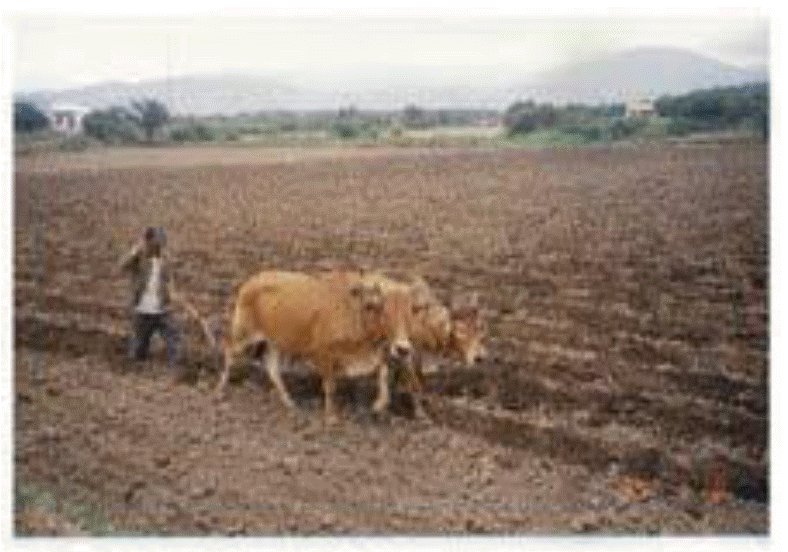
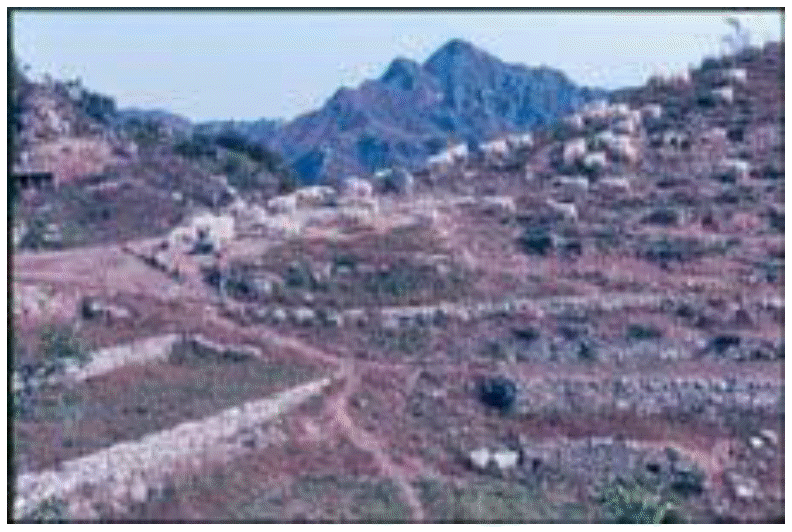

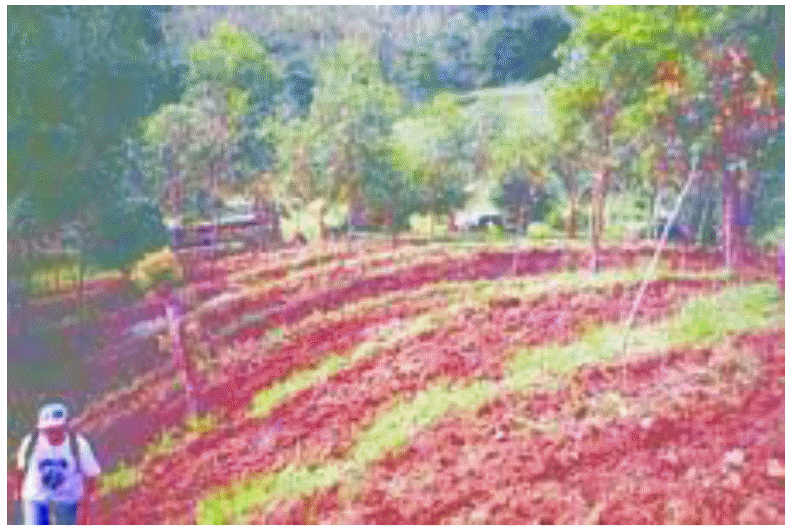
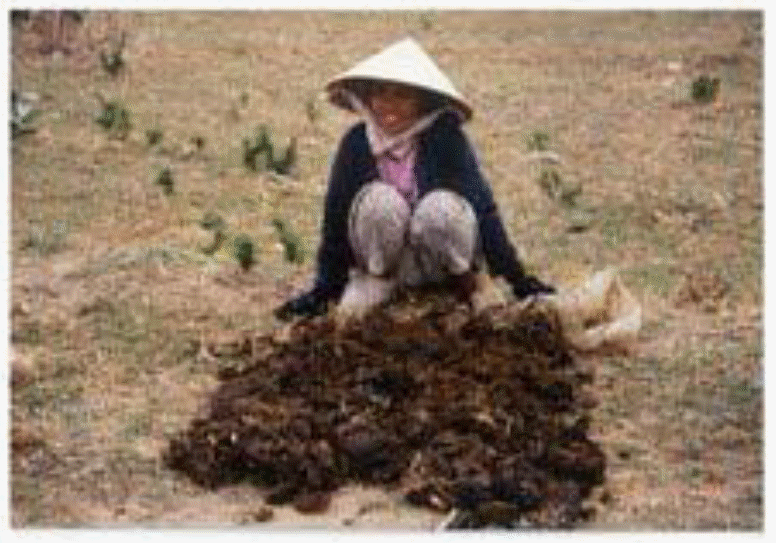
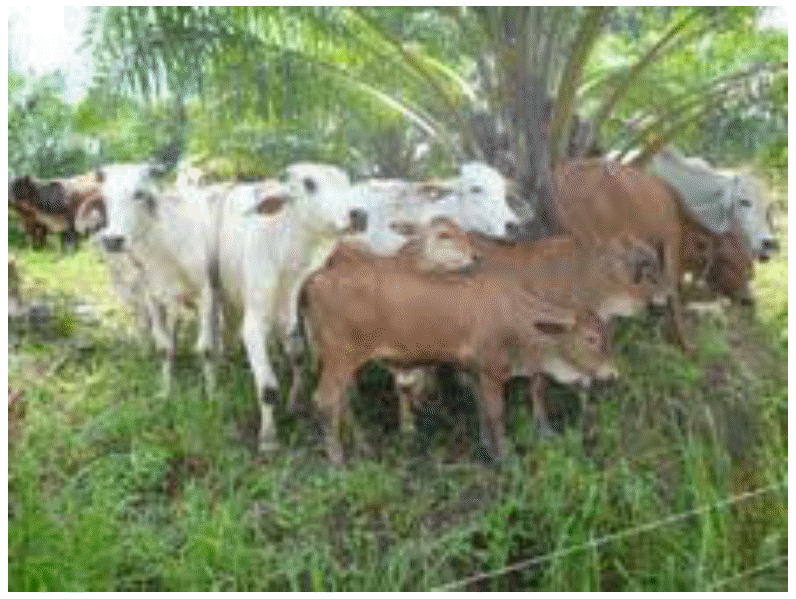

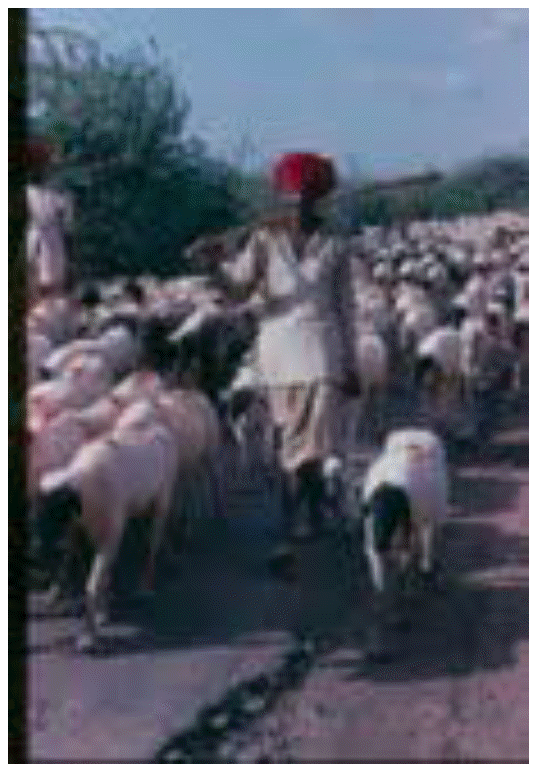
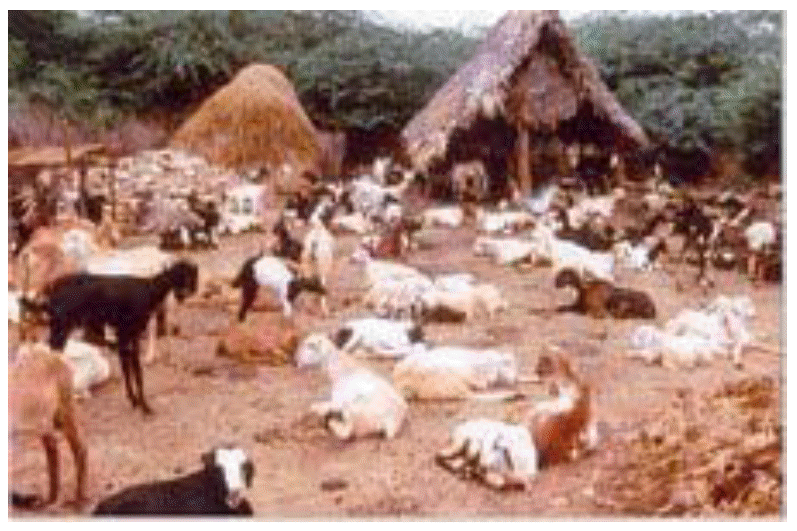
 PDF Links
PDF Links PubReader
PubReader ePub Link
ePub Link Full text via DOI
Full text via DOI Full text via PMC
Full text via PMC Download Citation
Download Citation Print
Print







